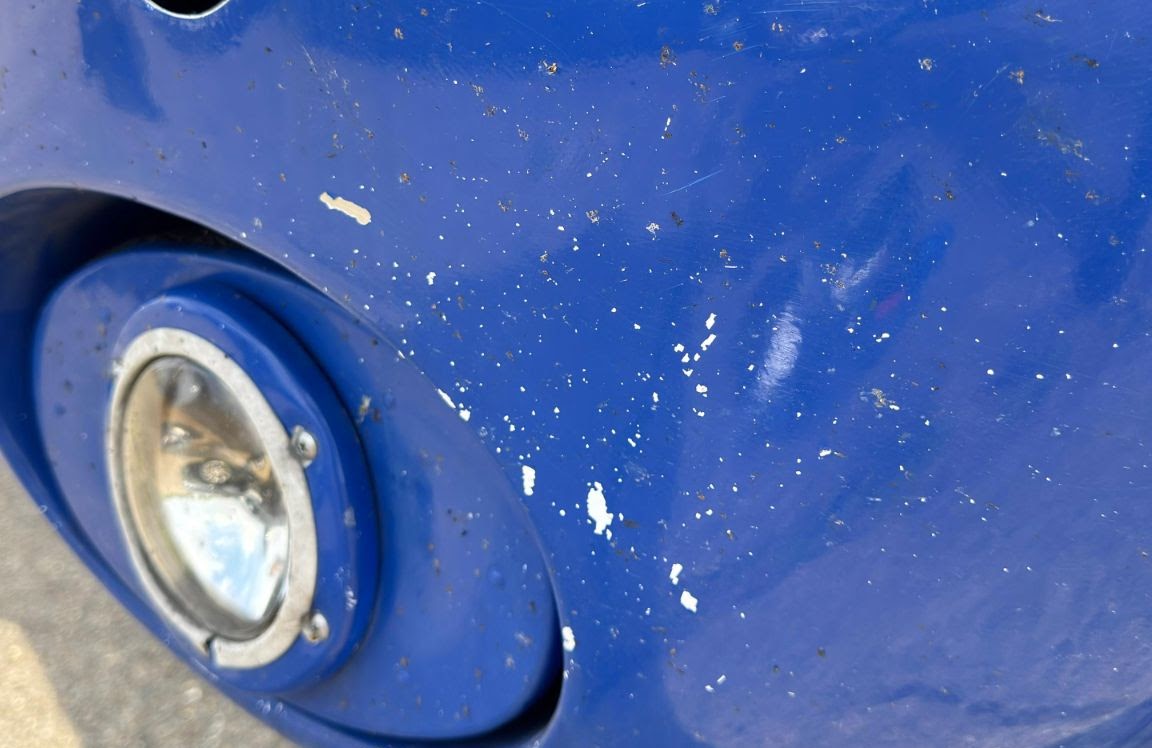
Aircraft Detailing UK Blog: 3 Pilot Mistakes in Cleaning & Valeting
Aircraft paintwork is exposed to far more than most people realise. Unlike cars, aircraft live outdoors in all conditions: UV, rain, soot, salt in coastal environments, hangar dust, and constant handling. Without some form of protection, paint quickly loses its gloss and becomes more vulnerable to corrosion. It isn't just paintwork. Brightwork surfaces — aluminium and stainless components — also suffer when left untreated. They dull, oxidise, and lose their protective qualities as well as their shine. What starts as a cosmetic issue can lead to more serious deterioration if ignored.Mistake #1: Using Automotive Products on Aircraft
Many pilots use automotive cleaning products on their aircraft, not realizing these can damage aviation-specific finishes. Car soaps and polishes often contain silicones and other additives that can deteriorate aircraft paint and create issues with control surfaces. Aircraft paint systems are fundamentally different from automotive finishes. They're designed to withstand extreme temperature variations, UV exposure at altitude, and high-speed airflow. Using the wrong products can strip away protective layers and accelerate oxidation. **What to do instead:** Always use aviation-approved cleaning products specifically formulated for aircraft surfaces. These products are tested to ensure they won't harm critical components or compromise the integrity of specialized coatings.

Mistake #2: Neglecting Bug Removal and Leading Edge Protection
We once suggested a surface polish followed by ceramic coating to a client. They shot the idea down immediately, saying it was "too much money" for what they understood was going to deliver minimal results. Their reasoning was simple: "I don't fly much anyway, so there won't be that much of a problem with bugs." They went flying the following morning, and five weeks later, we received a message from them. A large bug had splattered across their wing, and because it had sat in 35°C summer heat for five weeks immediately after, the paint peeled away in a patch roughly six centimetres wide in diameter. They admitted they regretted not taking the option we presented — because now, instead of preventing the issue, they are now dealing with visible paint damage that will only worsen without corrective paint work. Bug strikes might seem minor, but the acids in insect remains can etch into paint and even corrode metal if left untreated. Leading edges are particularly vulnerable, and damage in these areas can affect aerodynamic performance. **What to do instead:** Clean bug strikes promptly after flights, especially in summer months. Consider protective treatments for leading edges and high-impact areas.

Mistake #3: Overlooking Brightwork Polishing and Protective Coatings
Many aircraft owners neglect regular polishing and protective treatments, seeing them as purely cosmetic expenses. However, these services provide critical protection against environmental damage. Our recommendations: Regular brightwork polishing and protective layers — whether wax applied frequently or a longer-term ceramic coating for aircraft — create a barrier that shields both paint and metal from the elements. Professionally applied coatings aren't just about presentation; they reduce the need for aggressive cleaning and preserve both appearance and value over the aircraft's lifetime. For those looking at long-term safeguarding, ceramic coating for aircraft is one of the most proven solutions. Far from being an automotive gimmick, the coating we use is applied worldwide across all types of aircraft and is certified by Boeing, Bombardier, Airbus and Textron Aviation. It provides a durable layer that resists weathering, simplifies cleaning, and extends the life of aircraft finishes. **What to do instead:** Invest in regular professional polishing and consider ceramic coating for long-term protection. These treatments create a barrier against UV damage, oxidation, and contamination.